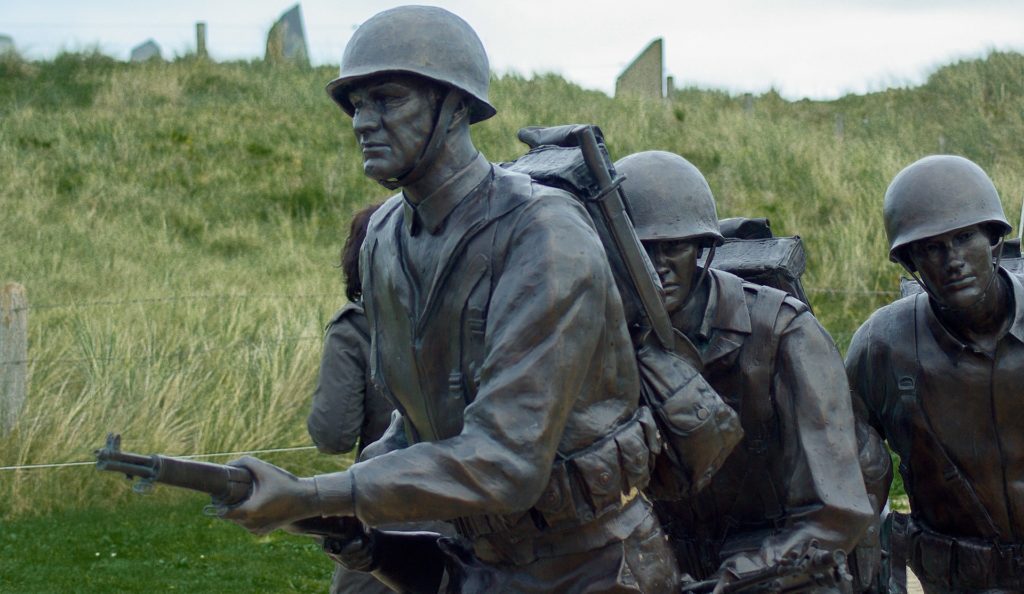
The military has developed a procedure for developing a plan, analyzing it and making a decision- the MET-T analysis is an effective, efficient way to evaluate your business and accomplish objectives.
A Military Approach to Business Planning.
Decision-making, whether in the heat of combat or the pressure of competition, is difficult. The military has developed over literally centuries of experience a procedure for developing a plan, analyzing it and making a decision. In the US Army, it is known as Troop Leading Procedures (TLP).
The military uses the acronym MET-T to describe the process:
Mission, Enemy, Terrain, and Troops.
-
M-Mission: A brief statement of an organization’s fundamental purpose.
In very simple terms a mission statement defines the “Who, What, When, Where and Why” of your business operations. The “How” is your Operational-Business Plan or alternative courses of action. A mission analysis also includes delineating both explicit tasks as well as implicit tasks (those that must be done in support of the primary tasks).
In order to maintain a strategic focus, you need to create a sub-mission statement for the business units or projects. The time frames, risks, and resources available will be different for every operation.
5 Questions to Ask When Writing a Mission Statement
-
E-Enemy: “Know your Enemy”
A competitive analysis starts with defining both direct and indirect competitors within your market space. Direct competitors are those that provide essentially the same goods or services to your customers. Indirect competitors aren’t the same product but could be used to satisfy the same consumer demand.
The threat level (competition) varies over time. Businesses operate in a Bayesian world – as each competitor acts or reacts in the market, the environment changes. Each change causes the probabilities of success or failure for each course of action to change as well. It requires constant updating of your plan.
-
T-Terrain: the business environment you operate within.
There are several components to this:
Economy: These include an assessment of how the overall economy might affect your operations (including interest rates, recession or growth, etc). It also includes an evaluation of the “local” economy in which you operate. In this regard, “local” includes geography; however, in an interconnected world, it also requires an evaluation of your market space, regardless of where that is.
Lending and Access to Capital: Sources and availability of funds. Short vs long term rates. Requirements for securitization. Whether to use cash vs leverage by borrowing, What is the cost of funds vs alternative use.
Demand: This evaluation is multi-tiered: Generalized Demand – the broad spectrum of need in the overall economy; Specific Demand – those who will use your product; and most important Monetizable Demand – those who will actually pay you for your product.
-
T-Troops: the resources and capabilities available to accomplish your objectives.
These include both human and financial capital. What are your strengths and, perhaps more importantly, limitations and constraints? It also includes an assessment of risks that you can or are willing to take.
The Perfect Entrepreneurial Team: Transformer-Examiner-Architect-Mover
Once you have done the four steps TLP Analysis above, you must prepare and evaluate alternative courses of action. Each of these must describe “How” you will accomplish the mission.
- How well will each option mesh with the MET-T analysis?
- Can it be accomplished with the resources available?
- How great are the risks?
- What is the potential return on the investment? This includes static cost-benefit analysis, but more importantly an opportunity cost analysis – What other productive operations won’t you be able to do if you allocate resources to this program?
It evaluates courses of actions against each other rather than simply determining whether any given action has a net return. It helps select the most productive option rather than simply a positive one. The MET-T analysis is an effective, efficient way to evaluate your business and accomplish objectives.









